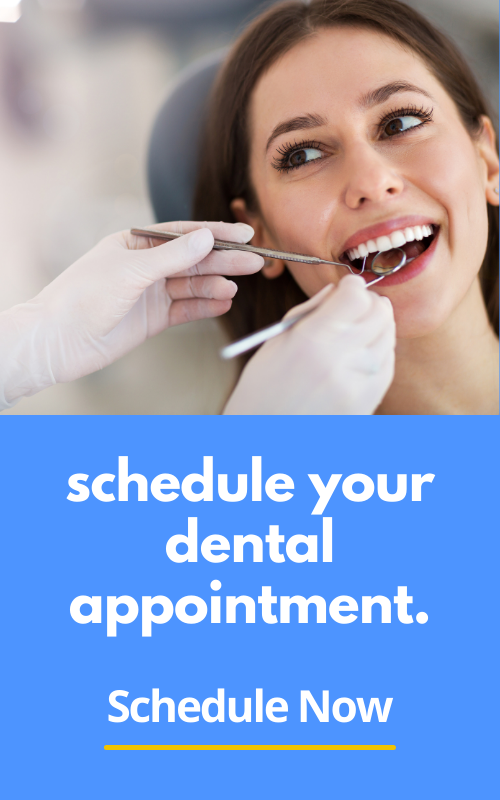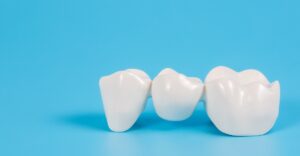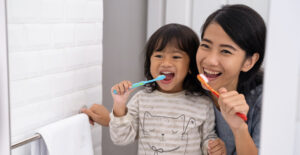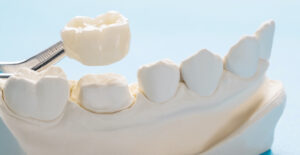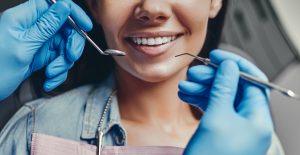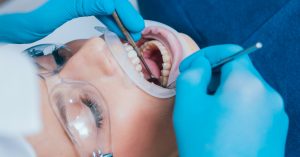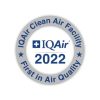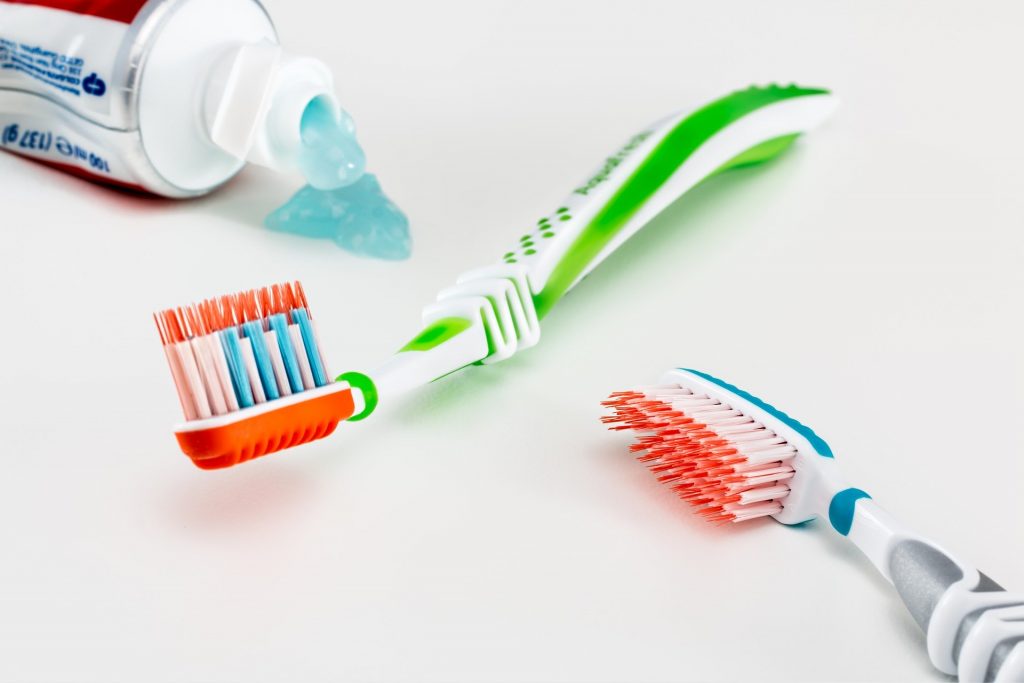
There are a number of effective brushing techniques. Patients are usually advised by their dentist or hygienist as to which technique is best for them, since tooth position and gum conditions vary. One effective method involves using a circular or elliptical motion to brush three teeth at a time, about twenty strokes to each segment, gradually covering the entire mouth. Drink plenty of water between meals as this may help dilute and wash out bacterial acids.
Brushing Technique – Details
Place a toothbrush beside your teeth at a 45-degree angle (pointing towards the gums) and gently brush teeth in an elliptical motion. Do not use excessive pressure. Be sure to brush the outside and inside surfaces of the teeth, your tongue and the chewing surfaces. Do not use a horizontal scrubbing motion as this may cause wear of the teeth leading to sensitivity, and recession of the gum tissue.
Bristle types and Brushing
In general, the head of a toothbrush should be small (1" by 1/2") for easy access, especially in the hard-to-reach areas of the mouth. It should have a long, wide handle for a firm grasp and soft, nylon bristles with round ends. Always use a soft toothbrush. Press just firmly enough to reach the spaces between the teeth as well as the surface. Medium and hard bristles are not recommended.
Effective Brushing Time
Patients generally think they’re brushing longer, but most spend less than a minute brushing. Dentists generally recommend brushing for 3-4 minutes, so it might be a good idea to brush with the radio on, and brush for the length of an average song.
Make sure you brush as well as floss after every meal.
Brushing at Work
People often neglect oral care while at work. Brush your teeth right after lunch, before you become engrossed in work. Store your toothbrush and toothpaste at work in a convenient and handy place. Make brushing your teeth part of your freshening up routine at work.


